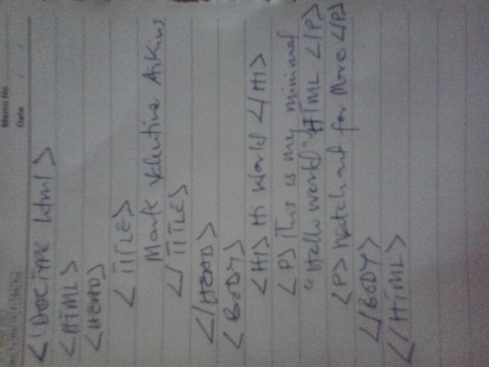 <blockquote> The HTML
<blockquote> The HTML <blockquote> Element (or HTML Block Quotation Element) indicates that the enclosed text is an extended quotation. Usually, this is rendered visually by indentation (see Notes for how to change it). A URL for the source of the quotation may be given using the cite attribute, while a text representation of the source can be given using the <cite> element.
 <menu> The HTML
<menu> The HTML <menu> element represents an unordered list of menu choices, or commands. There is no limitation to the depth and nesting of lists defined with the <menu>, <ol> and <ul> elements.
 <nav> The HTML Navigation Element (
<nav> The HTML Navigation Element (<nav>) represents a section of a page that links to other pages or to parts within the page: a section with navigation links.
<time> The HTML time element (<time>) represents either time on a 24-hour clock or a precise date in the Gregorian calendar (with optional time and timezone information).



